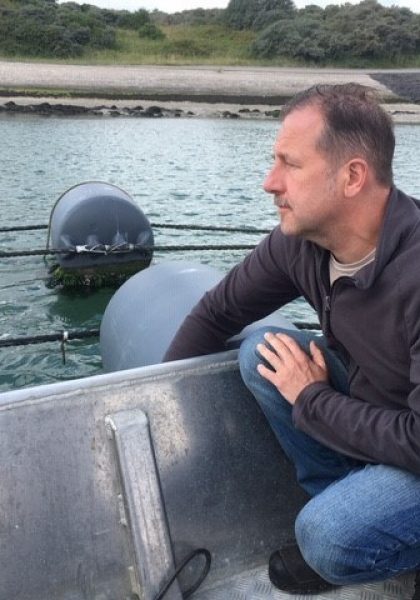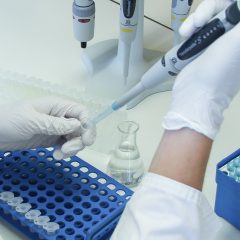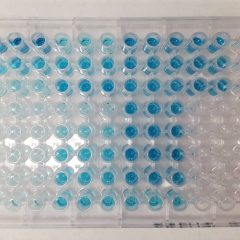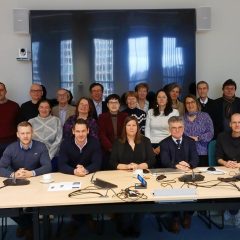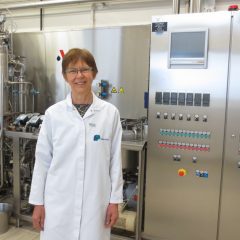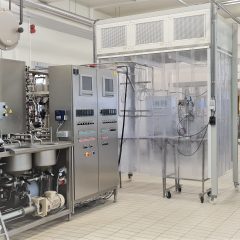Research project Quick test for detection of bacterial contamination in food
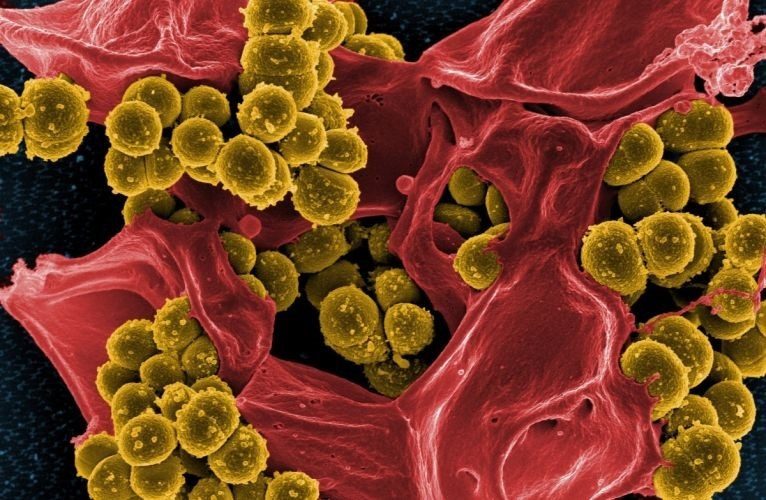
General introduction
This now finalized Interreg Flanders-Netherlands project had the intention to make new biosensor technology industrially applicable, at least to the level of a finely tuned, reliable demonstrator, with the right scale and connected to a clear software platform. That was successful. It is a technology developed specifically for the agro-food industry based on synthetic bioreceptors and thermal resistance measurements. The intention is that agri-food companies will, in the short term, be able to automate and continuously test their products during the entire production phase for the presence of bacterial contamination. So far, this bacterial control is still carried out by random samples, which are analysed (mainly by hand) in a lab.
Research approach
The researchers have further optimized and tested the promising new technology (in its current development phase) on Escherichia coli and Campylobacter and on samples from an industrial food environment. Practically relevant detection limits were reached. The equipment itself has been adapted to the required dimensions and ease of use to reach a demonstrator that enables automated measurements. At ILVO microbiological hygiene measurements, among others on a smoothie machine, has been carried out to evaluate the applicability of the biosensor.
Relevance/Valorization
In this AGREUFOOD project, a proof of concept surface imprinted polymer based biosensor is further developed on the level of a demonstrator device with the right scale and connected to a software platform for the detection of E. coli als indicator organism in food. ILVO in collaboration with Brightlands Campus Green Port Venlo, each from its triple-helix structure, have provided intensive specific practical communication efforts such as a demo event at the Food Pilot. Because this is a platform technology, it can easily be extended to the detection of other unwanted bacteria and contaminants (fungi, toxins, allergens, pesticides, heavy metals, etc.). A follow-up has already started in the SIPORE project.
Financing
Interreg Vlaanderen Nederland
